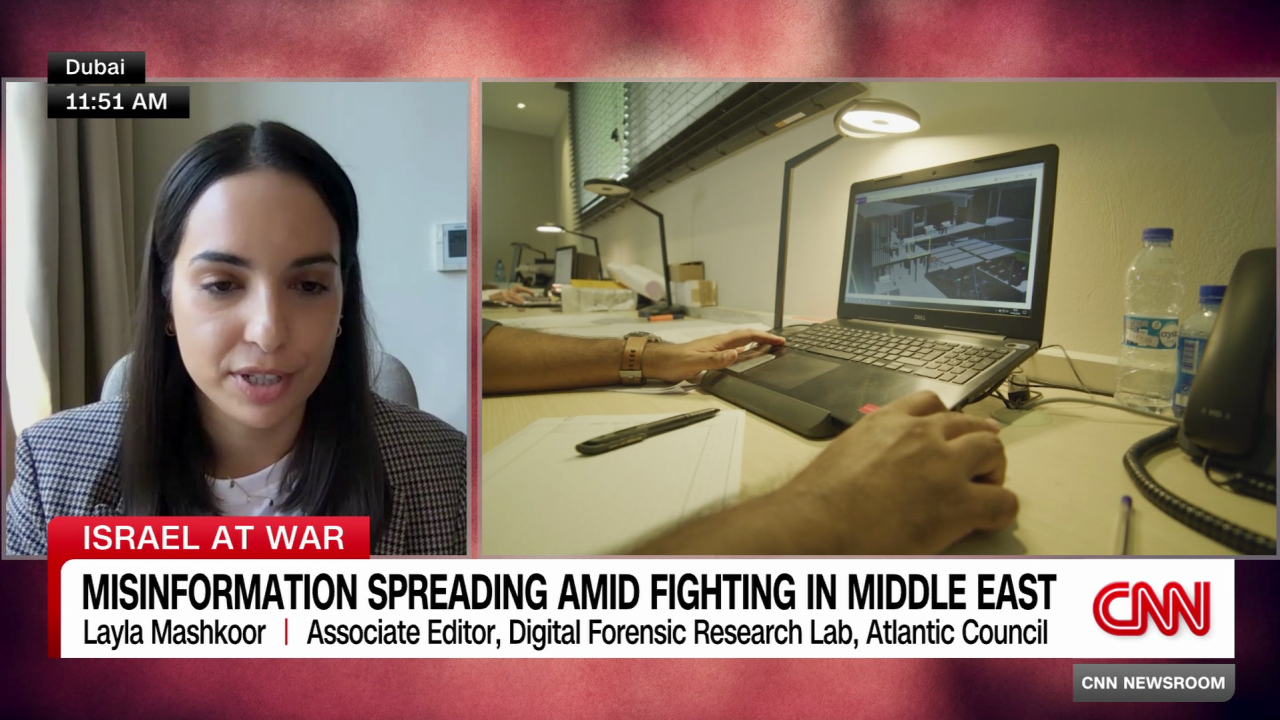Intrigue of AI in Israel-Iran Conflict
Last month’s conflict between Israel and Iran, spanning across a period of 12 days, was intensely characterized by an unprecedented surge in manipulation, inaccuracies, and stealth operations. These activities were largely orchestrated with the help of advanced artificial intelligence, using social media as their primary platform for propagation. The grave nature of the situation was best displayed during the hours preceding an astounding military operation directed by Israel.
Their forces targeted Evin prison in Iran’s capital with a bombardment scheduled for the 23rd of June. However, in a peculiar twist of events, a number of Persian messages emerged on social media platforms even before the commencement of the attack. Anticipating the imminent assault, these posts spurred Iranians to initiate the liberation of the inmates.
In an almost immediate response to the prison being hit, a video revealing explosions at the gateway of the prison was circulated on platforms such as X and Telegram. The Evin detention facility is notorious for the confinement of political detainees, which raised the significance of these events. A declaration on X invoking a Persian hashtag ‘#freeevin’, further amplified the gravity of the offense.
The realness of the attack on the prison was indisputable, but the integrity of the posts and videos relating to the assault raised skepticism. Analysts who scrutinized the situation have suggested that these communications are nothing as they appear, but merely deceptive maneuvers induced by Israel.
This incident was just a fragment of the overall strategy employed during the skirmishes. Throughout the volatile period of 12 days, an alarming amount of trickery ensued, as Israel and Iran sought to reshape social media into a digital war zone. Their primary objective was to influence the result through an aggressive campaign of deception and wrong information, whilst concurrently interchanging brutal missile attacks.
The consequences were severe and numerous – countless lives were claimed, and an already volatile Middle East region was sent spiraling into further chaos. This scenario aptly highlighted the frightening implications of information warfare when exercised relentlessly.
The analyzed posts were indicative of a shift in the scale of information warfare. By going live prior to the events, leveraging the prowess of artificial intelligence, and accelerating the spread, these posts became a menacing representation of an intense information warfare operation.
However, attempts to utilize social media as an instrument to sway public perception are not entirely novel. The notion of using such platforms for propaganda and misinformation has been around for a while. The key difference here was not the medium, but rather the function it served – the sophistication of campaigns and the role of artificial intelligence.
What was unprecedented, however, was the sharp escalation in the intensity and magnitude of such tactics. The use of pervasive and emerging technologies, such as artificial intelligence, signaled a concerning development in information warfare. The speed at which the messages were distributed heightened the potential impact on public sentiment.
As technology continues to advance, it becomes ever more critical to understand how it can be utilized for harmful purposes. The case of the recent conflict reveals the rise in digital battlefield strategies. The ways in which this affects perceptions of warfare, however, are not easily predicted and need further scrutiny.
The organised disinformation campaign, with its swift and widespread propagation, further enforces the transformative and aggressive nature of information warfare in this digital age. And so, as the dust settles from the immediate conflict, the reverberating echoes of this information war are set to resonate for foreseeable future.
In light of such events, the relevance and seriousness of digital misinformation and propaganda have been brought starkly into focus. The internet, social media in particular, is proving to be a double-edged sword. While it provides access to information and connectivity, it can also allow manipulation of perceptions on a global scale. Learning from these events, perhaps, could prove crucial to future conflict strategies and defenses.


